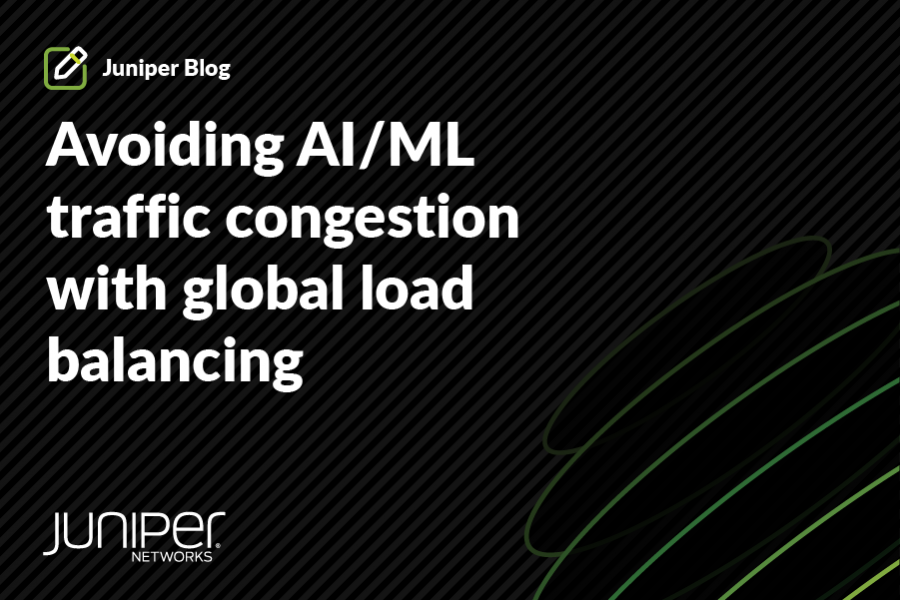Right now, everyone in the IT space is suffering through the supply chain crisis. This industry-wide problem could last the rest of 2022 and is something network buyers should be aware of, and plan for. Challenges caused by supply chain issues include missed deadlines, limitations on technology adoption and delays in resolving IT outages.
Solutions
No more “just in time”: previously in the networking industry, buyers have operated in a just-in-time mode, where they assume something will arrive when they require it. However, this mindset is no longer functional. IT teams need to be more efficient and resourceful to mitigate delays in hardware availability. They should also undertake a strategy that makes them less susceptible to supply chain issues to begin with, a strategy of reusability.
How to achieve this strategy…
Simplify network architectures: the reason large web scale companies like Oracle and Microsoft can scale and deploy new infrastructure so quickly, is because they leverage designs that can easily replicate success. We need to approach our network as if it’s cattle, more like a commodity, instead of a pet, that we overly care for and hand feed. Simplified, open, standardized and consistent designs allow operators to meet the demands for network growth without building custom architectures or buying custom hardware to support that growth.
Multivendor systems: it is easier to mitigate supply chain risks, when utilizing a multivendor system. Instead of being at the mercy of one vendor’s ability to supply, vendors can be chosen based on if they best fit the network’s needs and can supply hardware in time.
Configure ahead of time: have the software configured before the hardware even arrives. It’s difficult to predict when your ordered hardware may arrive. By building configurations ahead of time, you will be prepared when it finally does. You can work with other teams in the organization in advance to capture requirements, then leverage automation tools to pre-define network topologies and pre-stage network configurations. Automation tools like this help make preparation part of your day-to-day motion.
Manage resources efficiently: it is important to proactively manage network capacity, instead of waiting for a traffic spike to start ordering for the next phase of growth. To do this, we need better planning tools. A better managed network is a more efficiently utilized network. Instead of addressing network hotspots by simply adding capacity, operators should leverage more holistic traffic management strategies. This can lead to better utilization across the network, often without adding capacity.
Juniper Apstra
Juniper Apstra is a full lifecycle network management tool that supports operators through each step in adopting this sort of strategy. It is a multivendor capable system to configure, monitor and operate your Data Center network and provide the visibility needed to manage that network more efficiently. Apstra helps deploy a simplified IP fabric allowing operators to scale reusable multivendor network architectures.
Resources:
On Demand Webinar: Best Practices for Data Center Networks to De-Risk Supply Chain Issues


